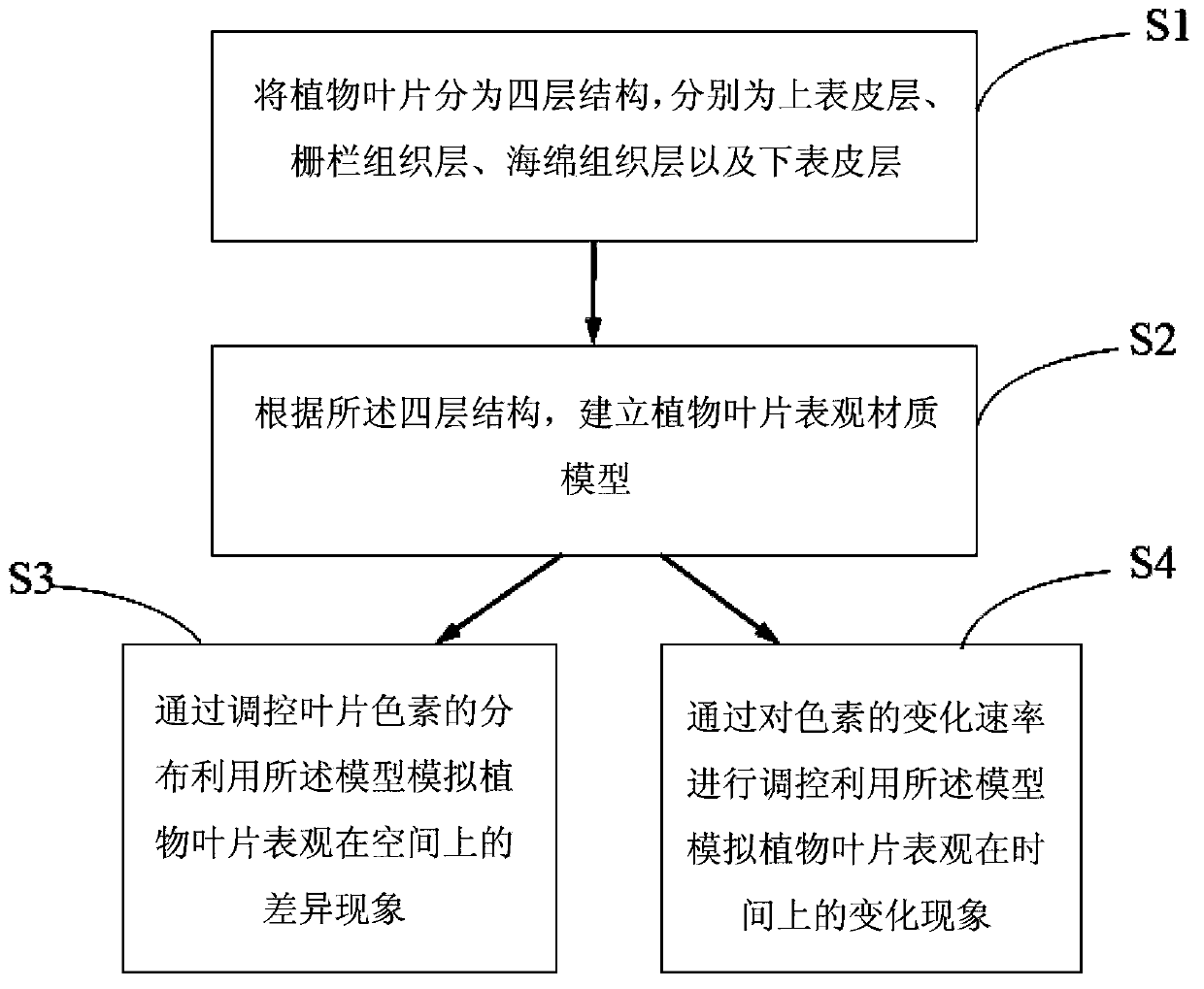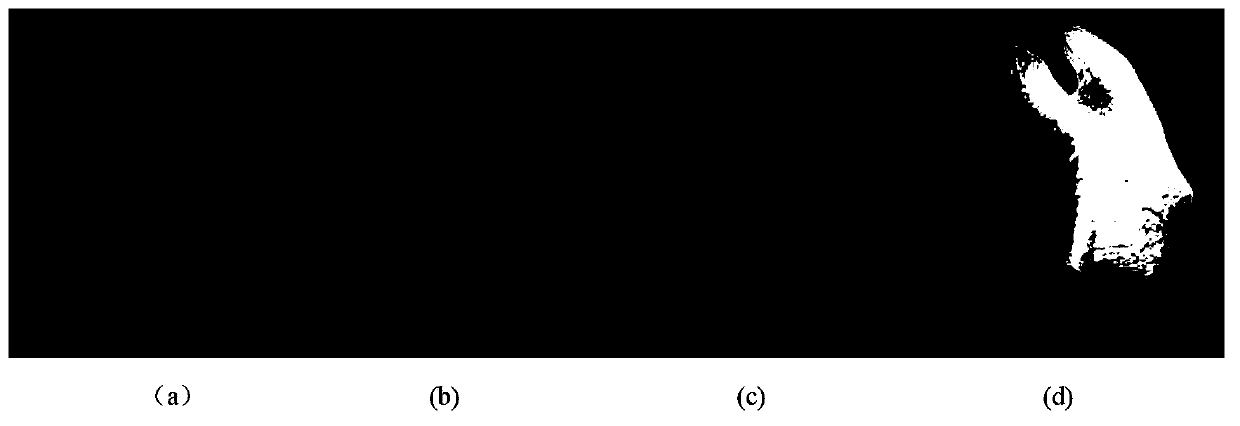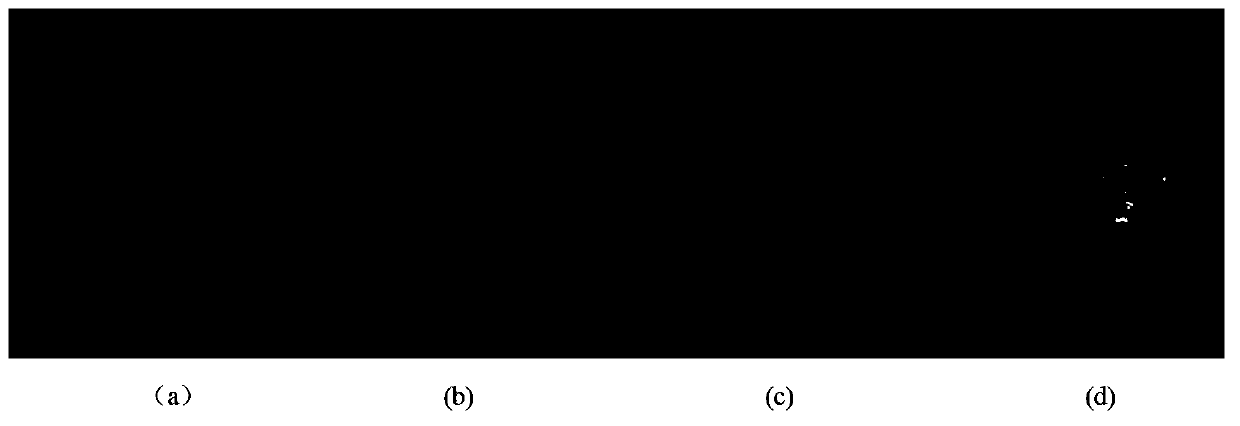Material model-based method for simulating the appearance change of plant leaves
A plant leaf and model simulation technology, which is applied in the combination of plant behavior simulation, real-time realistic rendering, and computer graphics, can solve important appearance characteristics such as high light reflection and transmission space heterogeneity that are not considered and cannot be simulated, Ignoring issues such as description of blade structural features
- Summary
- Abstract
- Description
- Claims
- Application Information
AI Technical Summary
Problems solved by technology
Method used
Image
Examples
Embodiment Construction
[0041] The specific implementation manners of the present invention will be further described in detail below in conjunction with the accompanying drawings and embodiments. The following examples are used to illustrate the present invention, but are not intended to limit the scope of the present invention.
[0042] Such as figure 1 Shown, method of the present invention comprises the following steps:
[0043] S1) Abstract leaf internal structure: According to the leaf structure and optical characteristics, the plant leaf is divided into four layers, namely the upper epidermis, the palisade tissue layer, the spongy tissue layer and the lower epidermis. Among them, the upper epidermis and the lower epidermis produce high light reflection, while the palisade tissue layer and spongy tissue layer contain chlorophyll and carotene, which mainly produce diffuse reflection. In the present invention, the high light reflection of the epidermis is modeled using the Cook-Torrance model. ...
PUM
 Login to View More
Login to View More Abstract
Description
Claims
Application Information
 Login to View More
Login to View More - R&D
- Intellectual Property
- Life Sciences
- Materials
- Tech Scout
- Unparalleled Data Quality
- Higher Quality Content
- 60% Fewer Hallucinations
Browse by: Latest US Patents, China's latest patents, Technical Efficacy Thesaurus, Application Domain, Technology Topic, Popular Technical Reports.
© 2025 PatSnap. All rights reserved.Legal|Privacy policy|Modern Slavery Act Transparency Statement|Sitemap|About US| Contact US: help@patsnap.com



